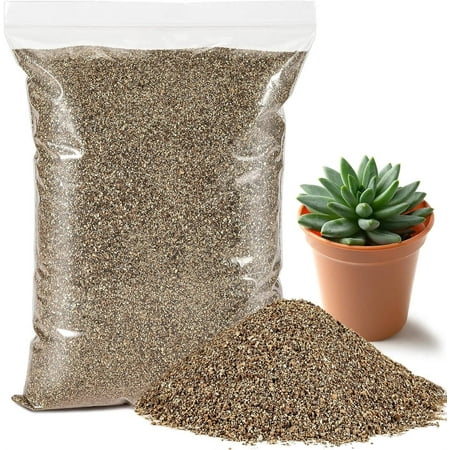I have grown lavender in Tuscany, and can vouch for this 1 simple soil tweak that will help your homegrown herbs grow bigger and better blooms
Adequate drainage is essential when growing Mediterranean herbs

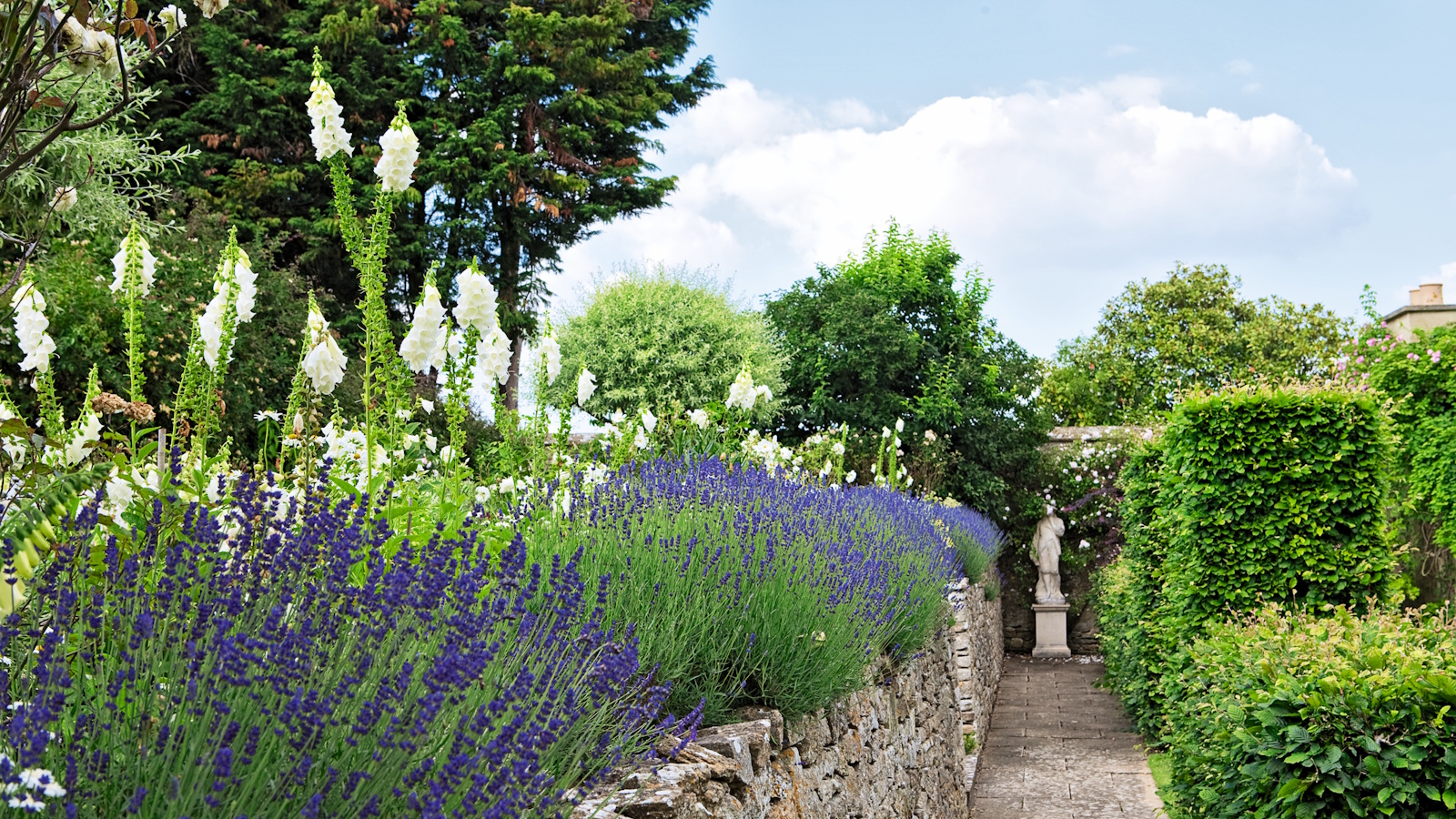
Having worked as a gardener in both the UK and central Italy, I’ve planted, grown and cared for my fair share of lavender. While they are some of the easiest herbs to grow, all too often, I see lavender growing in soggy, nutrient-rich soils that do more harm than good.
In Tuscany, I tended to borders where lavender thrived in rocky, poor soils. And, put simply, this is the best soil for lavender. As a herb native to the sun-soaked hills of Spain, France and Italy, this Mediterranean herb thrives in free-draining conditions. In heavier, claggy soils, plants can struggle, with yellowing foliage and roots rotting underground.
So, if your lavender seems a little unhealthy or isn’t blooming like it should, it could be down to the soil, a common lavender growing mistake. Here, I explain why adding gravel and sand can transform your plants and result in healthy, floriferous and fragrant herbs.
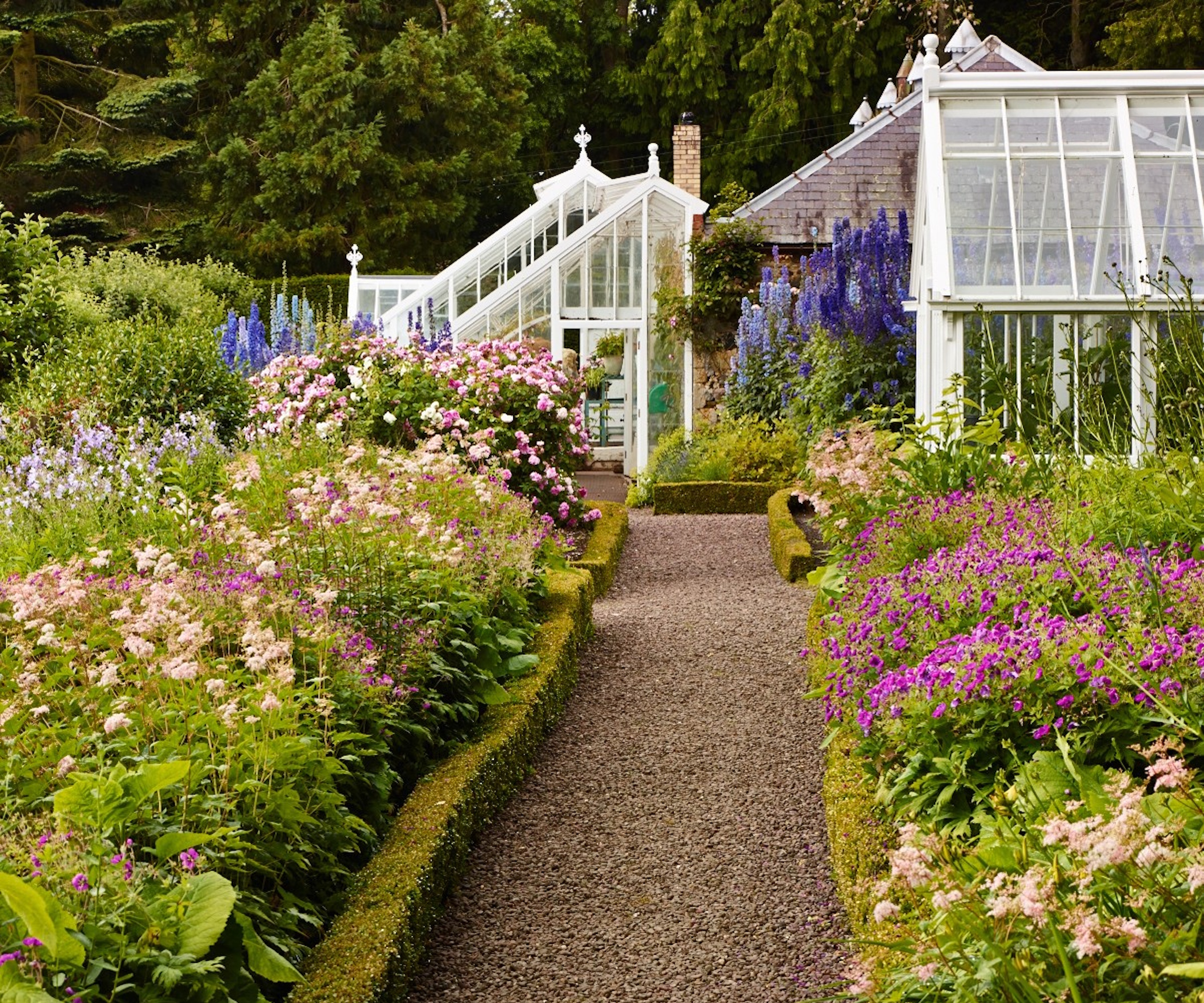
Best soil for lavender
Whatever lavender varieties you might be growing, whether you prefer the longer stems of English lavender, Lavandula angustifolia, or you prefer the darker flowers of Lavandula stoechas, the Spanish lavender, all species need free-draining soils.
Lavender plants do not like sitting in waterlogged borders, so it is important to amend your soil, particularly if you live in a wet US hardiness zone.
Why add gravel and sand to soil?
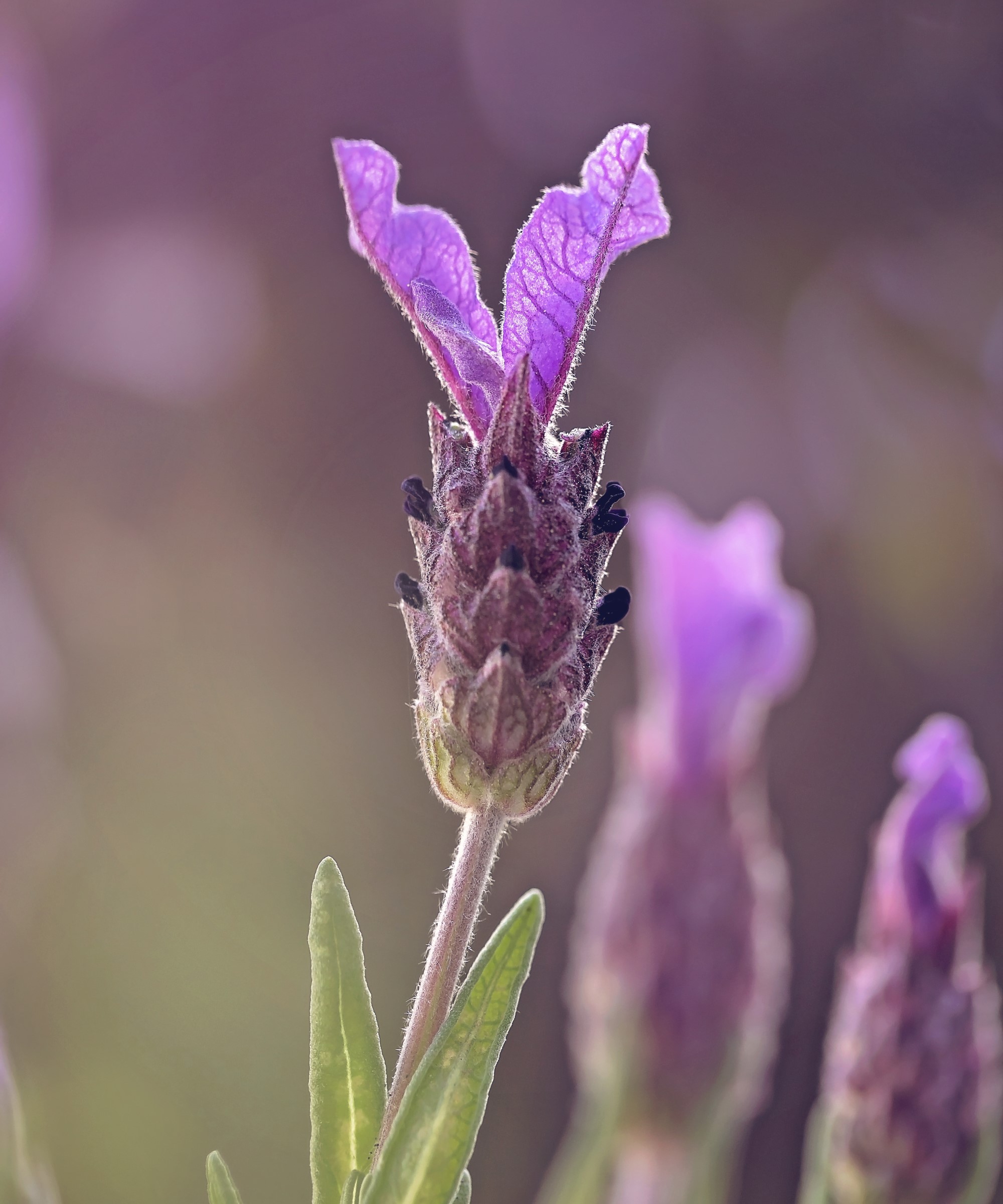
In terms of how to grow lavender, remember that this aromatic herb prefers rocky, nutrient-poor soils that have been starved and eroded by the harsh sun. Believe me, it is a tough species. So, avoiding nutrient-rich, water-retentive borders is important.
The trick is to add fine gravel, horticultural grit or sand to your soil. I have found this is one of the easiest ways to give your lavender what it really wants, which is excellent drainage.
Design expertise in your inbox – from inspiring decorating ideas and beautiful celebrity homes to practical gardening advice and shopping round-ups.
By mixing in grit or sharp sand, you mimic the kind of stony, free-draining, alkaline soil lavender naturally grows in, the likes of which I experienced when working in Tuscany. These conditions limit leafy growth and push the plant to produce more flowers instead.
Gravel and sand also improve airflow to the roots and prevent water from pooling at the base of your prized herbs, which can cause root rot.
How to add gravel and sand to soil
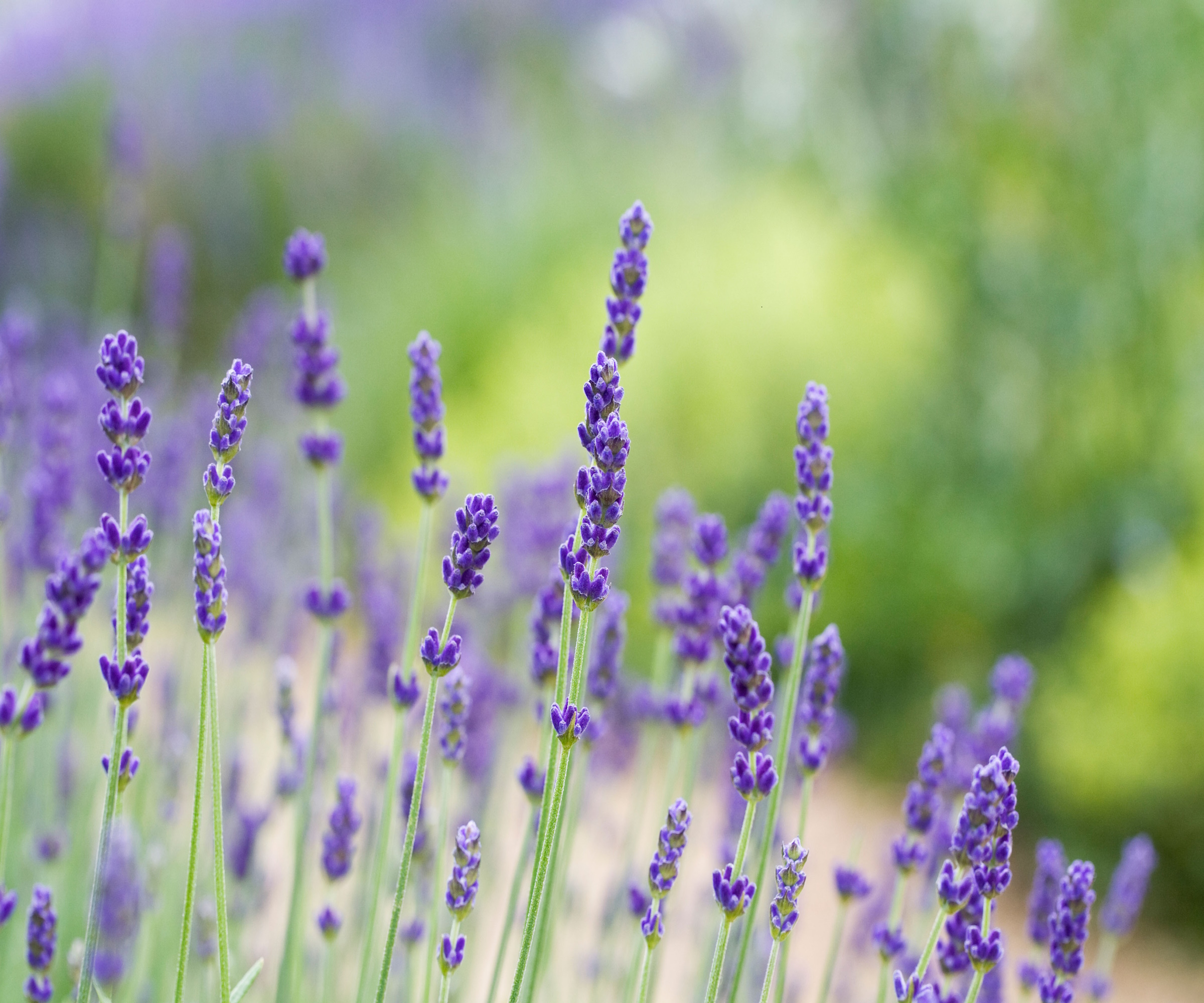
When landscaping with lavender, start by improving the soil mix. After you have excavated your planting hole, I recommend replacing some (but not all) of the existing soil with a few scoops of horticultural sand or grit.
Use something like this horticultural perlite, available from Walmart, which can help to improve drainage.
If you have already planted lavenders in previous years and want to improve the drainage, this is easily done.
Working slowly, remove a little of the surrounding soil, being careful so as to not damage the roots of your plants. Don't worry if you snap one or two, however, the plant should be able to withstand a small injury.
Then, combine some pea gravel, sand or grit with the excavated soil in a wheelbarrow, and then replace the mix, firming it down in place.
You can also finish with a top mulching of grit or pea gravel, which will eventually work its way into the soil. And, the best part? Not only does this help with drainage, but it also suppresses weeds.
FAQs
What is the best soil for lavender grown in pots?
In terms of the best soil for lavender in pots, it is a good idea to use a free-draining mix. You can either buy something like this organic cactus potting soil, available to order from Amazon, or you can make your own, combining multi-purpose compost with sharp sand and a few handfuls of perlite or grit. In summer, pots can dry out very quickly, so just one or two scoops of grit or sand will help to provide good drainage, while also retaining some water for your plants to thrive.
With lavender, tough love is best. They prefer free-draining soil, which sand and gravel will help with.
There is also no need to fertilize lavender, and, once established, lavender is drought tolerant, too, so keep the hose and the watering can away from your herbs. With these fixes, your plants should bloom better than ever in the coming year.
Shop lavender growing essentials

Thomas is a Content Editor within the Gardens Team at Homes and Gardens. He has worked as a professional gardener for both public spaces and private estates, specializing in productive gardening, growing food and flowers. Trained in Horticulture at the Garden Museum, he has written on gardening and garden history for various publications, including The English Garden, Gardens Illustrated, Hortus, The London Gardener and Bloom. He has co-authored a Lonely Planet travel book, The Tree Atlas, due out in 2024.
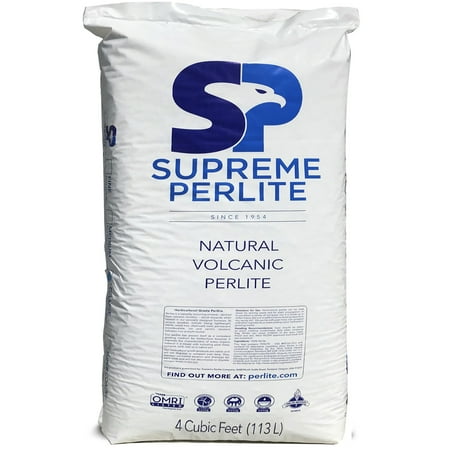
![Miracle-Gro Mg86205 General Utility Gloves – [small/medium], Synthetic Leather Padded Palm Gloves, Spandex Back, Adjustable Hook and Loop Wrist](https://cdn.mos.cms.futurecdn.net/nTAeAiC8a2MyyhZSnu3uAT.jpg)
